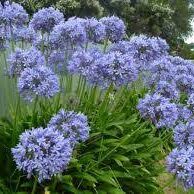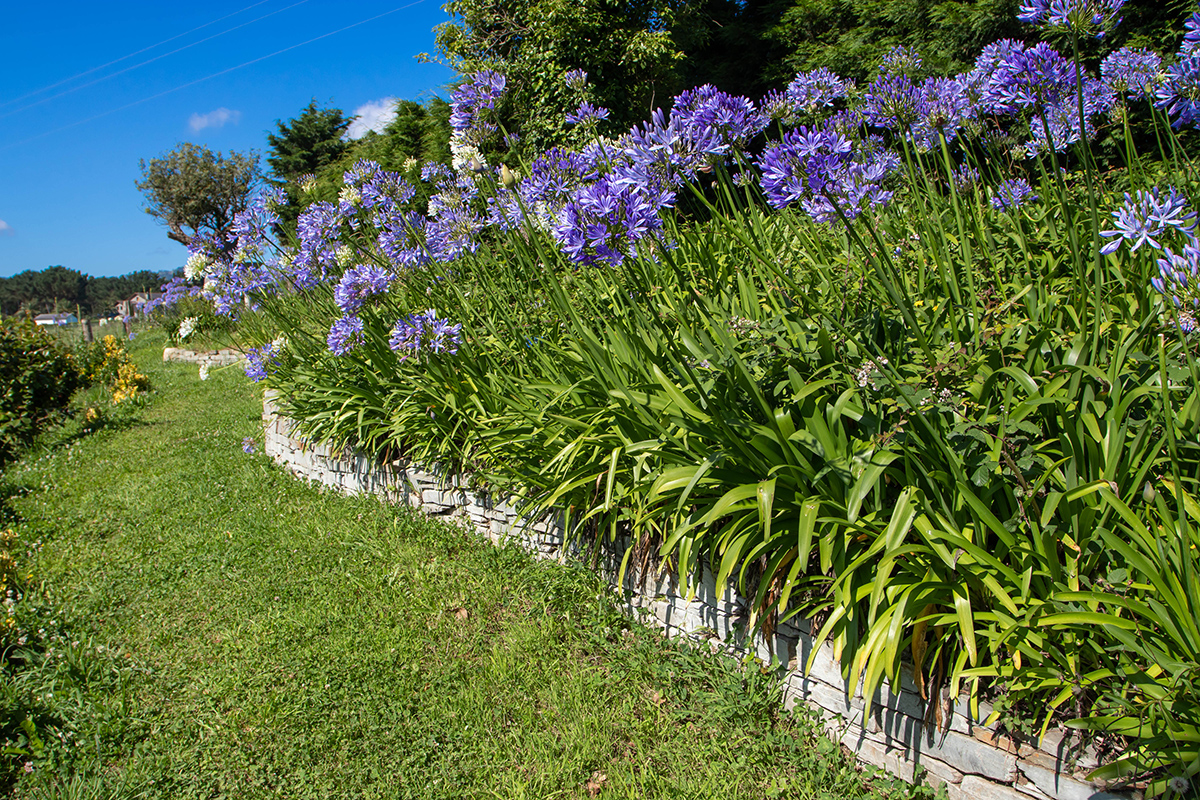Unleashing the Secret to Successful Agapanthus Farming: Tips and Tricks for a Flourishing Yard
In the world of horticulture, growing agapanthus successfully needs a critical strategy that includes numerous facets of plant treatment. By understanding the subtleties of agapanthus farming, one can develop an atmosphere where these plants grow and bloom abundantly.
Growing Agapanthus: Finest Practices
When planting Agapanthus, correct dirt preparation is important for guaranteeing effective development and advancement of these gorgeous flowers. Agapanthus, generally called Lily of the Nile or African lily, thrives in well-draining soil with a slightly acidic to neutral pH degree - Agapanthus. Prior to planting, it is important to modify heavy clay soils with raw material such as garden compost or peat moss to enhance drain and provide necessary nutrients for the plants
To grow Agapanthus, select a place that obtains complete sunshine to partial shade, as this will advertise healthy and balanced development and abundant flowering. Dig a hole two times the diameter of the plant's origin ball and put the Agapanthus at the same depth it was previously expanding. Delicately backfill the opening with soil, pressing down securely to remove any type of air pockets around the origins.
Water the freshly planted Agapanthus completely and continue to keep the dirt equally moist, especially during the plant's active expanding period. Agapanthus. Using a balanced plant food once a month can additionally support the plant's growth and blooming. By adhering to these finest practices for planting Agapanthus, you can produce a spectacular screen of these exciting blossoms in your garden
Perfect Soil Conditions for Agapanthus
For ideal growth and flowering success of Agapanthus plants, guaranteeing the dirt conditions are excellent is vital. Agapanthus prefers dirt that is rich in nutrients, so integrating a balanced fertilizer throughout the growing period can promote healthy and balanced growth and vivid blossoms.

Watering and Feeding Tips
To guarantee healthy and balanced growth and dynamic blossoms, correct watering and feeding methods are necessary for effective Agapanthus growing. Agapanthus plants benefit from normal watering, specifically during the growing season.
When it comes to feeding Agapanthus, a well balanced fertilizer with equal components nitrogen, phosphorus, and potassium can be used in the spring to advertise healthy and balanced growth and blooming. Slow-release plant foods are optimal for offering nutrients slowly over an extended duration. Stay clear of over-fertilizing, as this can cause extreme vegetation development at the expenditure of flowers.
Furthermore, incorporating natural matter like garden compost into the dirt can improve nutrient levels and enhance soil structure, aiding in the general health of the Agapanthus plants. By following these watering and feeding ideas, gardeners can guarantee their Agapanthus plants prosper and produce magnificent display screens of flowers.
Trimming and Deadheading Techniques
Correct pruning and deadheading methods play an essential function in keeping the wellness and visual appeals of Agapanthus plants, enhancing the important techniques of watering and fertilizing for effective growing. Trimming Agapanthus involves eliminating invested blossom heads, yellowing or dead Visit Your URL fallen leaves, and total shaping of the plant to advertise better growth. Deadheading, the procedure of removing faded flowers, not only boosts the plant's appearance yet likewise urges further flowering.
When deadheading Agapanthus, it is suggested to clip off the blossom stem at the base using sharp, clean shears. This procedure redirects the plant's power from seed production back into root and foliage growth, advertising a much healthier and extra durable plant. Regular deadheading can prolong the flowering period of Agapanthus and stop self-seeding, which can cause overcrowding.
In terms of pruning, Agapanthus usually take advantage of a light trim after blooming to clean the plant and encourage fresh growth. Cutting back site link the spent blossom stems and eliminating any type of dead or damaged foliage helps keep the plant's vitality and general look. Nevertheless, it is necessary to stay clear of cutting into the crown of the plant, as this can compromise its health and wellness.

Protecting Agapanthus From Pests and Diseases
Carrying out reliable parasite and condition administration techniques is essential to safeguarding the wellness and vitality of Agapanthus plants in growing. One usual insect that affects Agapanthus is the Agapanthus borer, a caterpillar that passages into the plant, causing damages to the leaves and flowers.
Along with insects, Agapanthus are vulnerable to illness such as origin rot and fungal leaf spots. These issues can commonly be prevented by making sure proper water drainage and avoiding overwatering. If signs of illness appear, influenced parts of the plant need to be without delay eliminated to avoid additional spread. Fungicides might also be made use of as a treatment procedure, following the producer's instructions thoroughly. By remaining cautious and addressing bug and disease problems immediately, garden enthusiasts can assist their Agapanthus thrive and grow.

Final Thought
Finally, successful cultivation of agapanthus calls for proper growing strategies, perfect soil conditions, sufficient watering and fertilizing, routine trimming and deadheading, and protection from diseases and insects. By complying with these techniques and suggestions, gardeners can guarantee a growing yard loaded with beautiful agapanthus blooms. i was reading this Agapanthus. Remember to maintain consistent treatment and focus to information to promote the wellness and longevity of these sensational plants
When growing Agapanthus, appropriate soil prep work is crucial for making certain effective development and advancement of these stunning blossoms.Water the freshly grown Agapanthus completely and continue to maintain the dirt uniformly moist, especially throughout the plant's active growing period.For optimum growth and blooming success of Agapanthus plants, ensuring the dirt conditions are perfect is essential. When growing or hair transplanting Agapanthus, make certain the soil is well-prepared to provide the essential structure for the plants to establish themselves efficiently. One typical insect that influences Agapanthus is the Agapanthus borer, a caterpillar that passages into the plant, causing damage to the blossoms and fallen leaves.